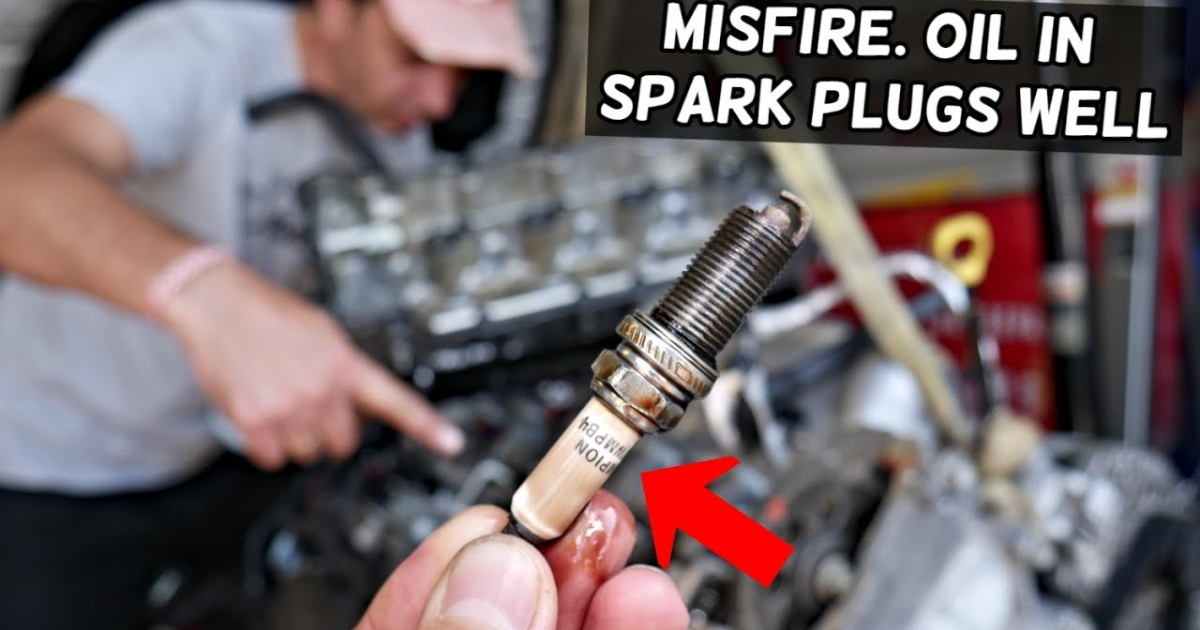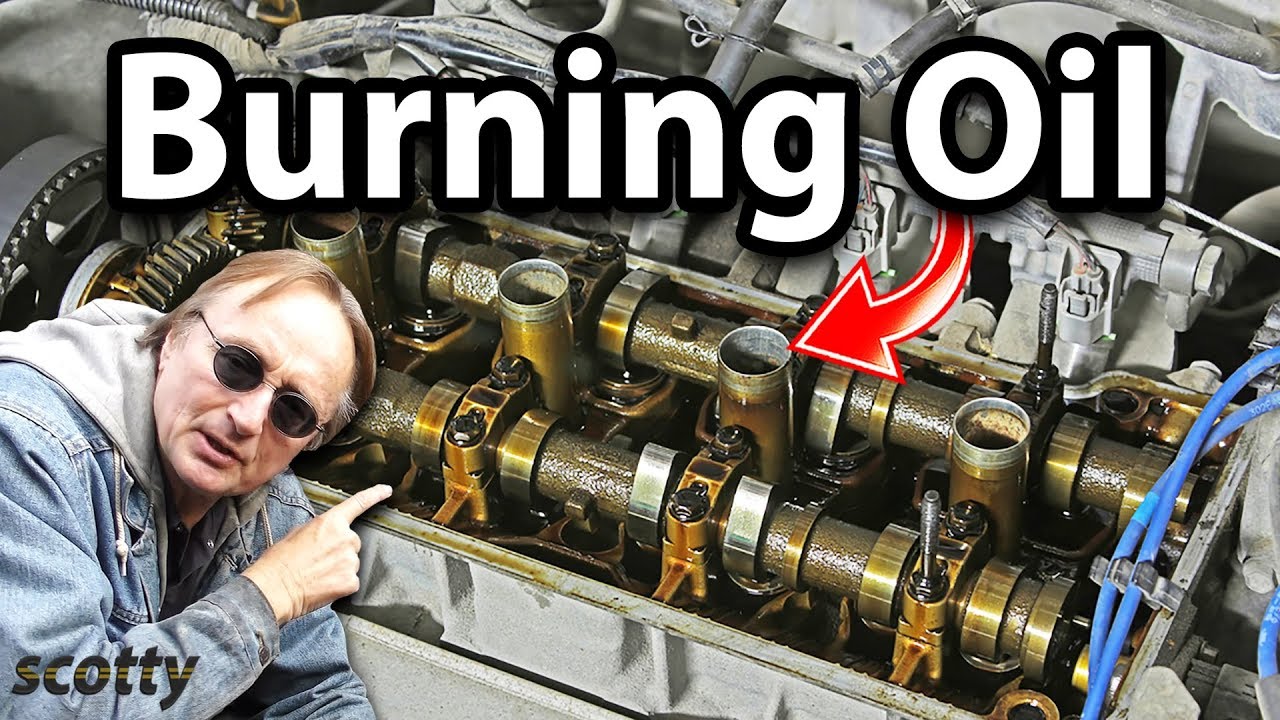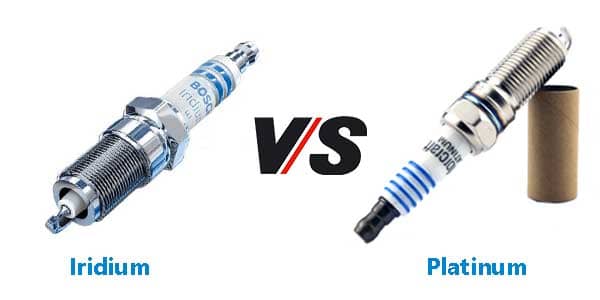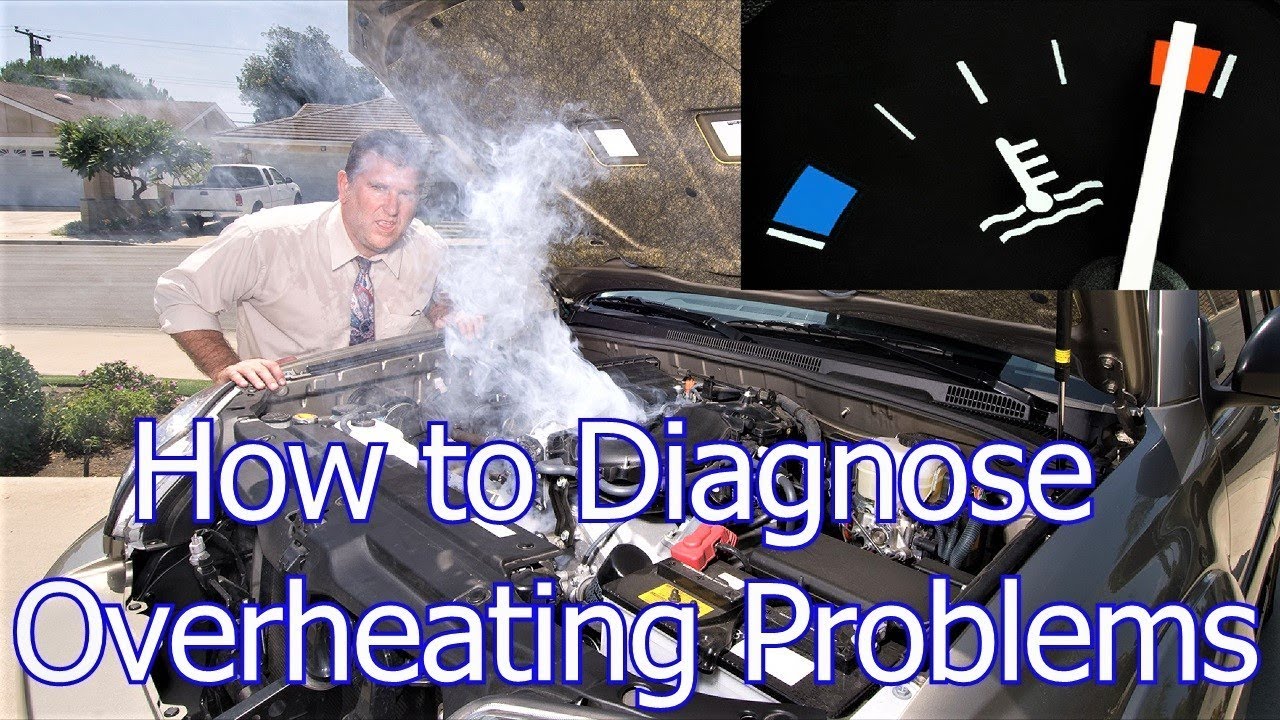The presence of oil in the spark plug worries car owners. A defective spark plug o ring prevents the plug from sealing properly. Without immediate action, engine issues may arise.
Spark plugs are necessary for gasoline-powered vehicle ignition. As a lubricant, oil keeps automotive parts moving smoothly. Friction and engine overheating might result from a low oil supply.
Oil seeping through the plug well might hamper vehicle functionality, thus leaks should be avoided. Oil in the spark plug well has several origins, but there are some typical symptoms and fast treatments.
Causes of Spark Plug Oil
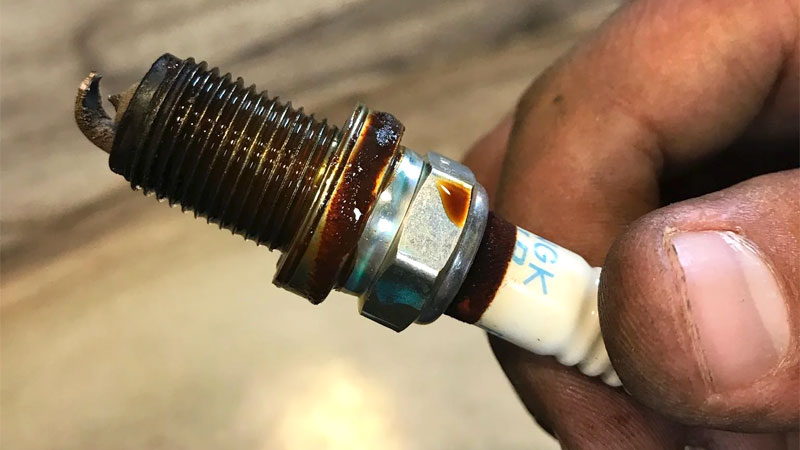
If your spark plug is good, the car’s ignition should function smoothly. What happens if the spark plug has grease on the bottom? This issue impacts the spark plug and lubrication systems.
The spark plug ignites the fuel/air mixture in the combustion chamber, which benefits the engine. While engine oil reduces friction between moving parts.
Oil should not reach the spark plug, as it might create serious problems. Oil on spark plug wells has four main causes:
- Old Valve Cover Gasket:
Your engine’s valve cover is metal. This seal stops engine leakage. Engine-valve cover gaskets degrade over time.
Engine heat brittles the valve cover gasket. Leaks may let oil into the spark plug.
- Faulty O-Rings:
Regular spark plug handlers identify faulty O-ring seals beneath tubes. Seals work well as spark plug covers. Wear and tear can leak oil into spark plugs.
Avoiding future issues requires immediate action. Oil will saturate the spark plug, so replace it.
- Worn piston compression rings:
Above and below the piston rings block oil from entering the car’s combustion chambers. Rings also clean cylinder walls of oil.
Worn piston compression rings rarely obstruct spark plug oil. The cabin would smell like motor oil. It was blue car exhaust every day.
- Bad Piston:
Both a bad piston ring and a bad piston can allow engine oil to flood the spark plug. Overheating can break pistons.
Spark Plug Well Oil Symptoms

A few indications indicate oil in the spark plug well. These indications will alert you to a problem so you can remedy it before the automobile gets worse. To properly remove spark plug oil, these symptoms must be recognized. Common spark plug well oil symptoms include:
- The Tailpipe Smell:
Ever wondered why your car’s exhaust pipe smells like gas? This could suggest your Toyota Camry has oil in the spark plug well. Other vehicles have this fragrance, which sometimes enters the car cabinet.
- Blue Exhaust Smoke:
Engine oil combustion may cause the exhaust pipe to smoke blue. When the spark plug well has oil, such signs are usually noticeable.
Once oil is on the spark plug, it affects engine efficiency and fuel burn. The ECU increases gasoline delivery to adjust the fuel ratio. The surplus fuel in the combustion chamber would travel through the exhaust valve unburned.
- Decreased Engine Performance:
Oil affecting the spark plug increases fuel consumption. If you notice high fuel usage, check the spark plug for oil. This sign shows how to remove spark plug oil.
- Engine backfiring:
The spark plug oil well touches the plug, reducing spark generation. Remember, this spark ignites the car. Oil on the spark plug tip would damage it.
The vehicle’s combustion chamber would have fewer chances to ignite the fuel/air mixture. Without appropriate combustion, the engine won’t have enough pressure.
- Fuel Consumption:
Fuel/air mixtures often burn outside engine cylinder combustion chambers. If the spark plug well has oil, this symptom appears. It occurs when fuel particles are improperly burned and forced into the exhaust.
Fixing Spark Plug Oil Well
Learning spark plug oil repair is essential. Follow these techniques to fix spark plug motorbike engine oil leaks or oil on spark plug threads.
Step 1:
Conduct quick checks by shutting off the engine and disconnecting the battery from the terminal. Detaching the negative terminal should halt electricity.
Step 2:
To view the spark plug, remove the valve cover in step two. Pull the bolts slowly. It looks tight, thus a tool is needed. Avoid damaging the cylinder head when removing the bolts.
Step 3:
Remove all spark plugs using the appropriate tool and check for oil traces in the well. You should also check for wear and replace damaged plugs. You can ask an expert if you need help.
Step 4:
Remove the O-Ring Seal by peeling off the gasket and cleaning the cylinder head and valve cover with appropriate equipment. You can use an appropriate degreaser to prepare these surfaces for the new O-ring seal. Prevent contaminants from entering the engine.
Step 5:
Reinstalling a New O-Ring Seal: Spark plug o rings are straightforward to replace. The operation is quick, and afterward, replace the spark plugs. Searching for the top market options will help.

